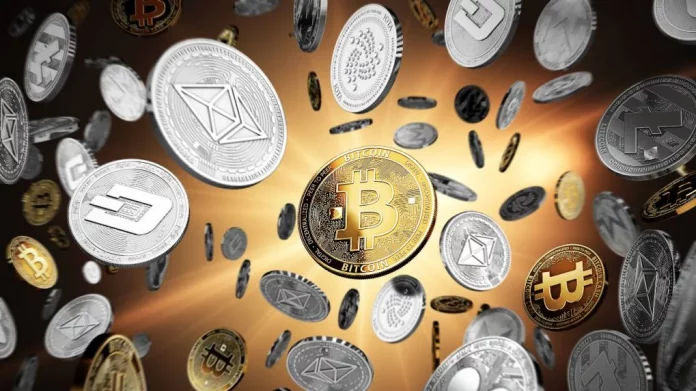A semi-fungible token (SFT) can change state from being fungible like a bitcoin to non-fungible like any NFT. Put simply, SFTs start as a fungible token and then transform into a non-fungible token.
This astounding growth of NFTs made the headway for semi-fungible tokens, an asset that traverses between the worlds of fungible and non-fungible assets. SFTs have a limited use now, mostly pertaining to the gaming industry, where it’s being used to gap the bridge between fungible in-game currency and non-fungible collectables like weapons.
Fungible vs non-fungible
Non-fungible tokens represent ownership of a unique asset. It could be a painting, song, or virtual real estate. Each item’s value will be based on the inherent properties of the asset, like how rare it is and the popularity of the creator of the asset. This means there can’t be a 1:1 swap of two NFTs, as they can have a different rarity. For example, you cannot exchange one painting with another as their value will be different. In addition, unlike fungible tokens, people can purchase fractions of an NFT.
How semi-fungible tokens work
In the life cycle of a semi-fungible token, they are initially fungible and can be traded with other identical SFT. When the holder redeems these SFTs, they become non-fungible.
Let us take an example to simplify the concept of SFTs further. Imagine that you have a concert ticket for your favourite band. Before the concert takes place, you can exchange the concert ticket for another ticket for the same show, if the seating is in the same area. At this time, the concert ticket is a fungible asset. After watching the concert, the ticket does not have a traditional monetary value. Instead, it becomes collectable or memorabilia with a different value than what it had when it was bought.
The best thing about SFTs is that it has the characteristics of both fungible and non-fungible tokens. When it becomes an NFT, it is indivisible, verifiable, and indestructible. And when it is fungible, it is highly liquid and can be exchanged easily with anyone.
The creation of semi-fungible tokens
Currently, the minting of SFTs occurs only on the Ethereum network using Ethereum’s EIP-1155 standard. The EIP-1155 standard on the network is a combination of EIP-20 (fungible) and EIP-721 (non-fungible) standards.
Most SFTs are being used in metaverse games for in-game assets. Still, the ability to use a single smart contract for fungible and non-fungible assets can lower transaction time and fees substantially. This can have a considerable impact on the crypto and NFT markets in the future.
(Edited by : Priyanka Deshpande)
Credit: Source link






















 Bitcoin
Bitcoin  Ethereum
Ethereum  Tether
Tether  Solana
Solana  USDC
USDC  XRP
XRP  Lido Staked Ether
Lido Staked Ether  Dogecoin
Dogecoin  Toncoin
Toncoin  Cardano
Cardano  Shiba Inu
Shiba Inu  Avalanche
Avalanche  TRON
TRON  Wrapped Bitcoin
Wrapped Bitcoin  Polkadot
Polkadot  Bitcoin Cash
Bitcoin Cash  Chainlink
Chainlink  NEAR Protocol
NEAR Protocol  Polygon
Polygon  Litecoin
Litecoin  Internet Computer
Internet Computer  Fetch.ai
Fetch.ai  Uniswap
Uniswap  Dai
Dai  LEO Token
LEO Token  Hedera
Hedera  Ethereum Classic
Ethereum Classic  Aptos
Aptos  First Digital USD
First Digital USD  Render
Render  Cosmos Hub
Cosmos Hub  Pepe
Pepe  Cronos
Cronos  Mantle
Mantle  Filecoin
Filecoin  dogwifhat
dogwifhat  Stacks
Stacks  Stellar
Stellar  Immutable
Immutable  XT.com
XT.com  Wrapped eETH
Wrapped eETH  Renzo Restaked ETH
Renzo Restaked ETH  OKB
OKB  Bittensor
Bittensor  Optimism
Optimism  Arbitrum
Arbitrum  The Graph
The Graph  Arweave
Arweave 
